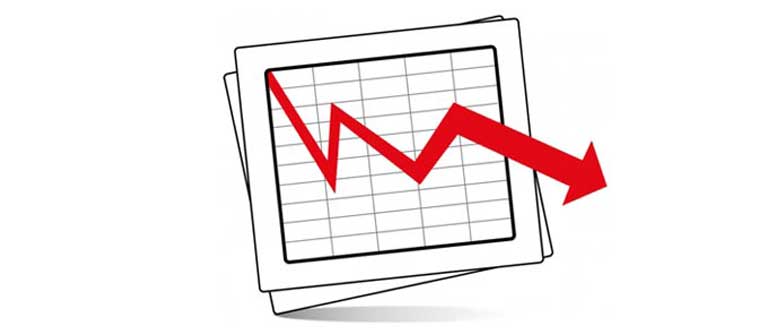If you think advertising a discount price on your products and services is a good way to drive new traffic into your business, think again. You are about to commit an act of marketing malpractice that could be the first step to your company’s demise.
When a local business owner sets out to learn about advertising, they often imitate or mimic what they perceive to be successful advertising. They often try to do Call to Action advertising. That’s when you see or hear an advertisement for a product or service with a big discount. The advertisement says that the offer is only available for a short period of time so you “must act now,” “you must call before midnight tonight,” “sale ends Saturday.” Make no mistake about it, Call to Action advertising can be very successful if you have enough money to do it properly. It can literally take thousands of dollars a day to do effective Call to Action advertising.
Unfortunately, most advertising you see and hear today is driven by the desire for instant gratification. Consequently, many business owners focus their marketing efforts on the buyers and not the prospects or the researchers. Their advertising messages are largely focused on those consumers in the final stage of the Buyer’s Awareness Cycle, when the prospect is ready to make a purchase. The business advertises price and item information in an attempt to get the buyer to shop with them. This strategy ignores the very important research phases the consumer goes through in the Buyer’s Awareness Cycle when real preferences and buying decisions are formed, based on value, not on a low price or a special offer.
Business owners believe that a discount price or a special offer moves a prospect into the market for what they have to offer, when all it really does is give away their hard-earned profit margin to someone who already was likely to shop with them anyway. Price and item advertising gives a business owner a false sense of their ability to track their advertising effectiveness because the customers will either mention they heard or saw the ad, or they will bring the ad in when they come to shop.
Too many marketing plans advertise only to the buyers and not the prospects and researchers. Little thought is given to attracting the prospects and researchers while they are in the Buyer’s Awareness Cycle. This is unfortunate because it is not the most useful strategy for long-term business success. The consumers start to think of the business as a discounter and will come to expect nothing more than just a low price. This erodes the hard-earned profit margins and puts the future of the business at risk as it tries to compete on price and not on value.
Consumers move into the market for a particular product or a service because of the triggering event, not because of the discount price. Once the consumer recognizes this need or desire, they enter the Buyer’s Awareness Cycle and begin their search for the product or service that will satisfy their triggering event. By the time a consumers reach the buying phase of the Buyer’s Awareness Cycle, two-thirds have already formed an opinion on how to satisfy their triggering event before price ever becomes an issue.
Successful marketing and advertising recognizes that the buying process originates with the triggering event. The consumer moves from being a prospect to a researcher before they become a buyer. Two-thirds of the decision-making process is accomplished during the research phases of the Buyer’s Awareness Cycle, only about one-third arrive at the buying phase without a clear preference. Strategies that focus simply on the buyers are missing the real opportunity to influence the decision-making process. Getting your message out on a consistent basis during all phases of the Buyer’s Awareness Cycle helps the researchers include you in the purchase decision.
Here are five things you can do to help your customer understand the dangers of discounting;
Describe for your prospect the triggering event and that most people buy when they have a need or a strong desire, not just a sale price.
Explain to your prospect that discounting is many times a matter of last resort. It is a matter of cash flow, not profit margin.
Articulate to your prospect that “sale advertising” generally appeals to a small segment of the population, those consumers who are close to making a purchase. To have any meaningful impact, your prospect needs to build massive reach across lots of media, requiring a large investment.
Demonstrate to your prospect the impact of discounting on their profit margin. They are spending money on advertising and lowering their sale price. There is less money left over for profit margin.
Show your prospect an emotionally engaging branding message that creates a significant and differentiated presence that will attract and retain new loyal customers.
Good luck! Remember, you are only one decision away from becoming the person you deserve to be.






